Model Alexsandrah Gondora and her AI version (Source: AFP)
As model Alexsandrah Gondora walked the runway at London Fashion Week, an artificial intelligence (AI) clone of her was working elsewhere.
"She's doing the hard work for me!" Gondora excitedly shared.
AI is ushering in a new era for the fashion industry, where designers and brands can book photoshoots with digital versions of models without them having to move.
The technology saves time and money, but it also raises concerns that AI could replace humans entirely, putting models, makeup artists and photographers at risk of unemployment and potentially promoting an artificial beauty standard.
In a Christmas commercial, muscular male models walk alongside glamorous women amid a marble pool and gilded mirrors. Everything looks perfect, but none of it is real.
All were created by the Copy Lab studio using AI according to the order of the lingerie brand CDLP (Sweden).
"We're a small company, we can't go all the way to Beverly Hills to do a photo campaign," explains CDLP co-founder Christian Larson.
According to him, traditional photography always has objective limitations such as insufficient light or exhausted budget, but with AI, creativity is endless.
Using AI not only saves time but also saves significant costs.
An advertising campaign in the French Alps that would have taken months to prepare and cost up to 35,000 euros (about 37,000 USD) can now be completed in a few days for just 500 euros, according to Artem Kupriyanenko, founder of the technology company Genera.
Genera, a company based in London (UK) and Lisbon (Portugal), boasts a portfolio of 500 AI-generated models, with a variety of genders, body types and skin tones according to customers' requests.
"We can create any body shape, any gender, any race," said Genera's creative director, Keiron Birch.
Still, AI has its own stereotypes. For example, MidJourney—one of the most popular AI tools—has a tendency to generate models with fuller lips than normal. AI is also influenced by image databases that are biased toward “Western beauty standards.”
To create more realistic images, some studios have to tweak the AI by feeding in data from natural, unedited skin.
Alexsandrah Gondora believes the biggest problem today is that many brands use AI images without paying the original models - who act as "middlemen." Many people even have their images copied without even knowing it.
To address this, the Fashion Labor Act, which is expected to go into effect this summer in New York, would give models control over the use of AI to recreate their images. However, enforcement remains a major challenge.
Gondora is fortunate to be paid for her AI clone's work. She also gets to decide how that image is used.
In addition, she also participated in the Shudu Gram project - the world's first black AI supermodel, with 237,000 followers on Instagram.
Along with many other models of color, Gondora helps "breathe life" into Shudu by providing images and participating in mock photoshoots.
Despite the controversy, Gondora believes AI is bringing new opportunities. “My AI image will never age,” she said. “Even when I am old, somewhere out there, my image will still be young.”
(Vietnam+)
Source: https://www.vietnamplus.vn/nguoi-mau-thoi-trang-trong-ky-nguyen-cua-tri-tue-nhan-tao-post1023938.vnp


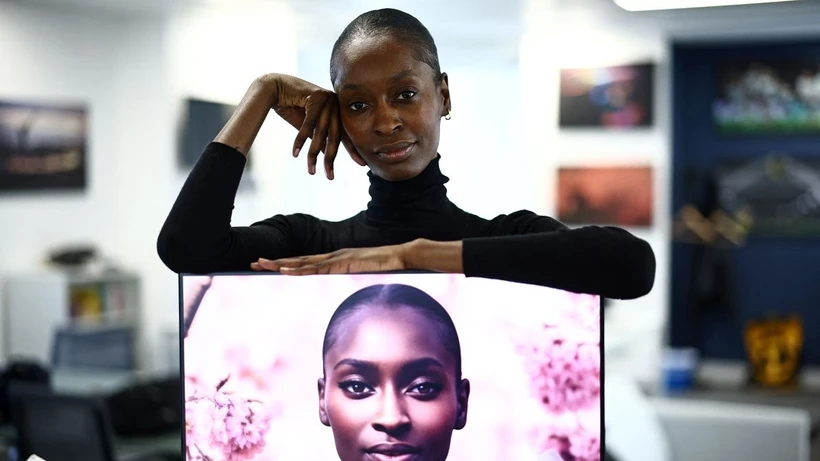
![[Photo] Relatives of victims of the earthquake in Myanmar were moved and grateful to the rescue team of the Vietnamese Ministry of National Defense.](https://vstatic.vietnam.vn/vietnam/resource/IMAGE/2025/4/2/aa6a37e9b59543dfb0ddc7f44162a7a7)



![[Photo] Third meeting of the Organizing Subcommittee serving the 14th National Party Congress](https://vstatic.vietnam.vn/vietnam/resource/IMAGE/2025/4/2/3f342a185e714df58aad8c0fc08e4af2)

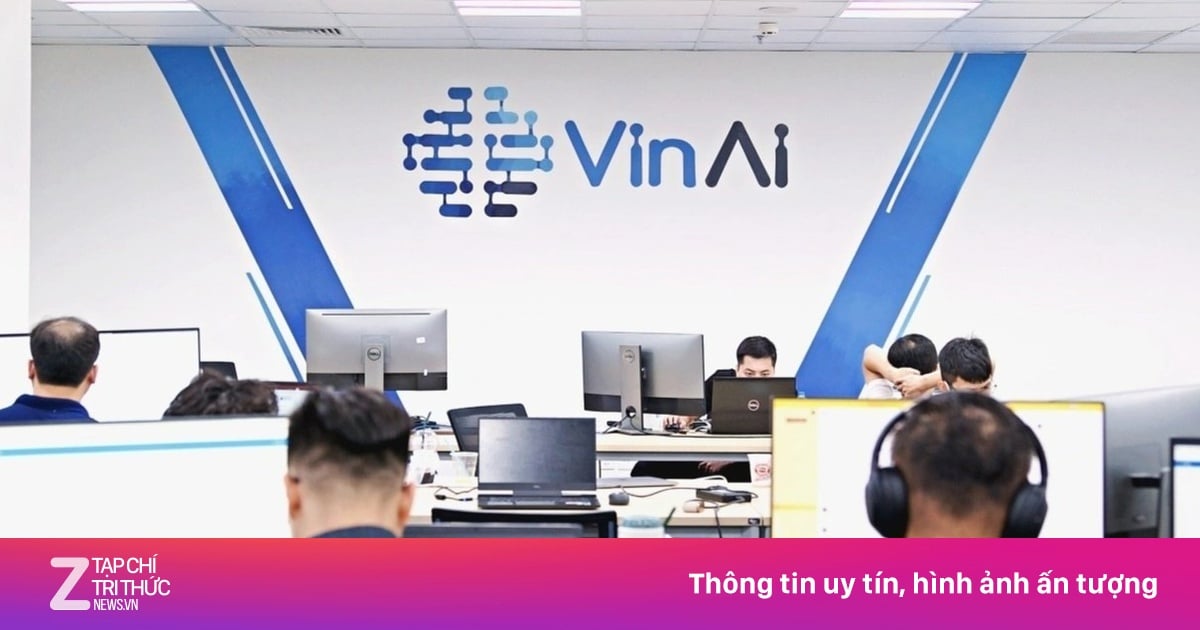

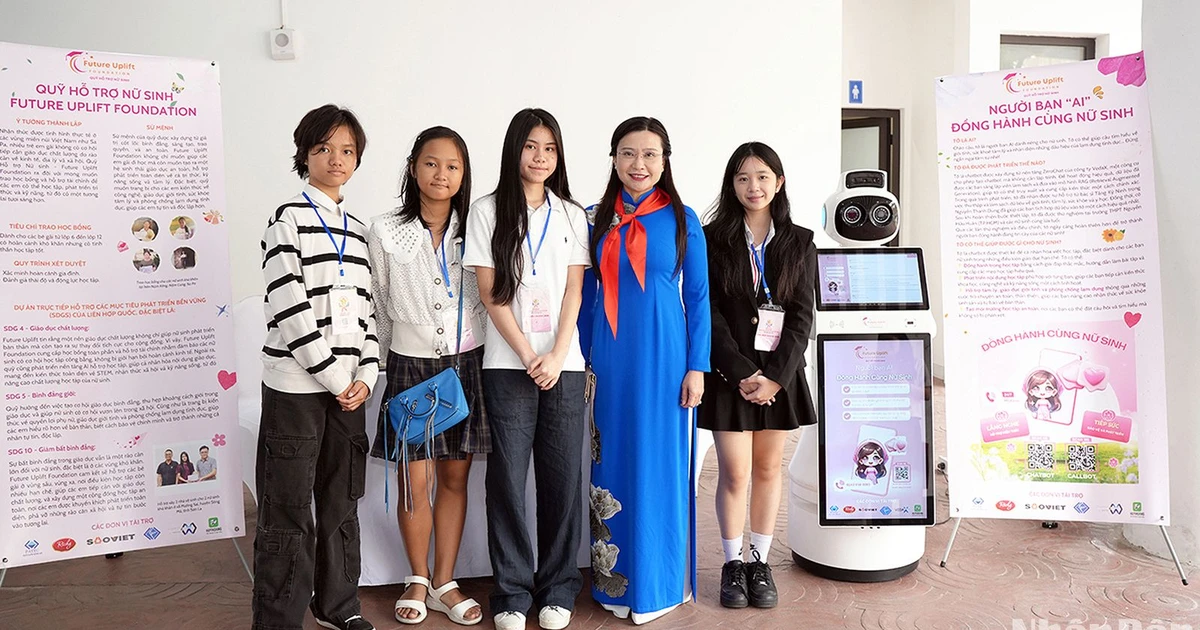

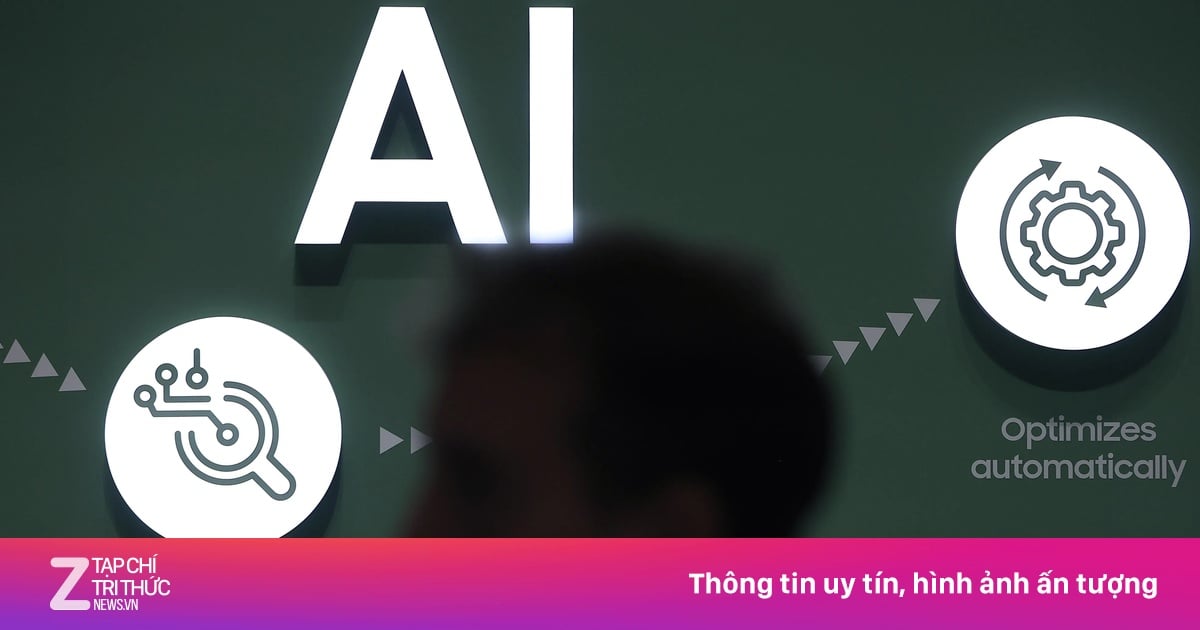



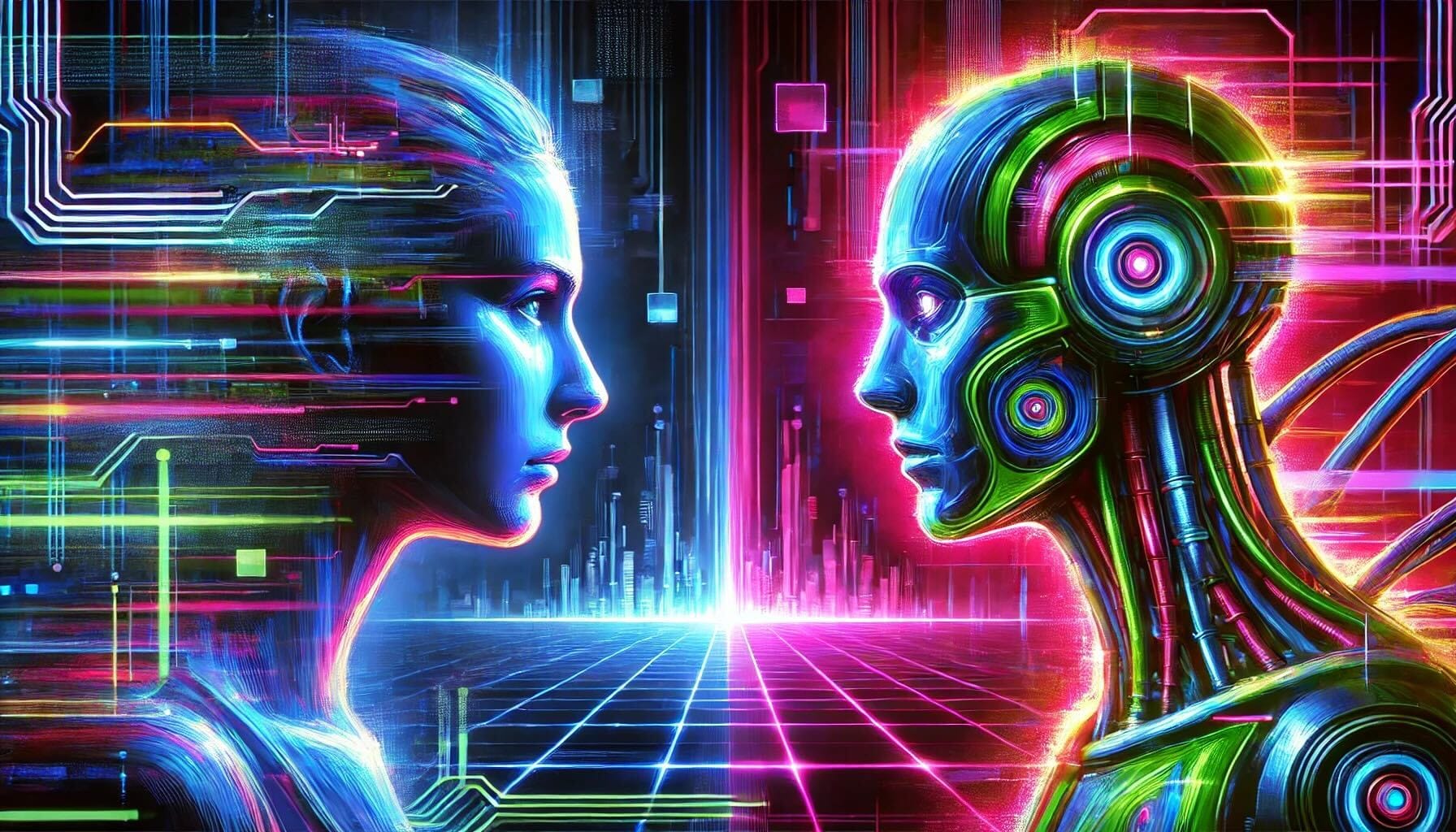

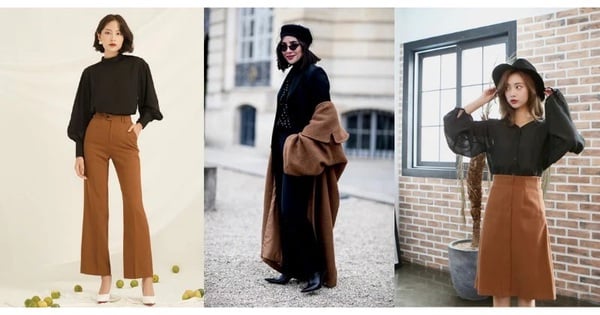


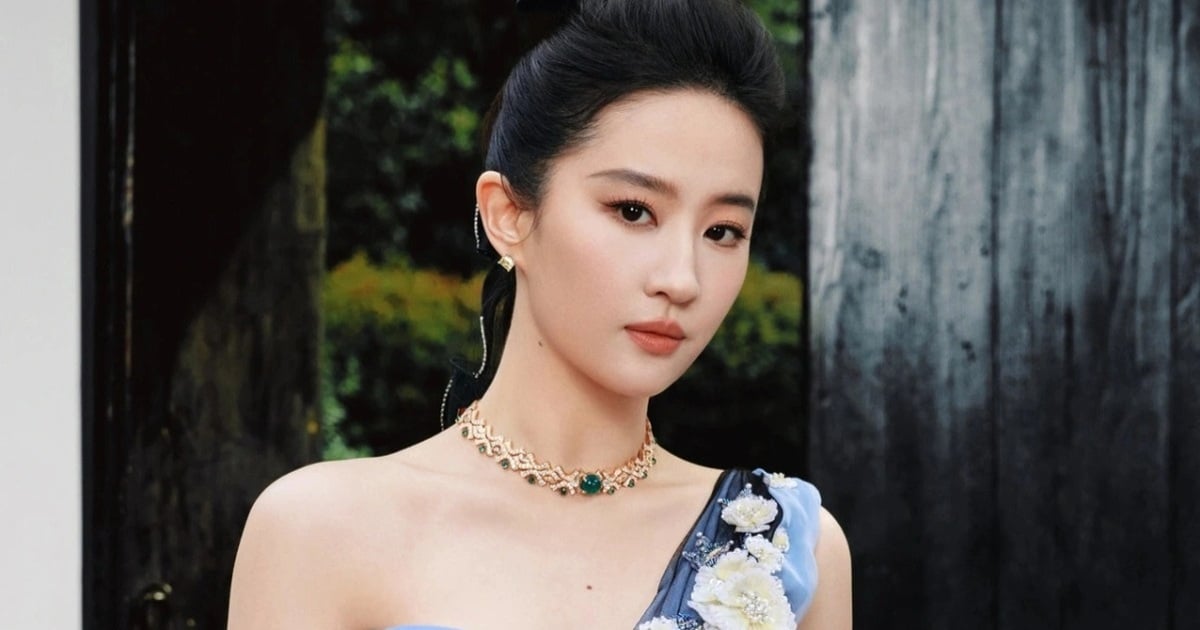




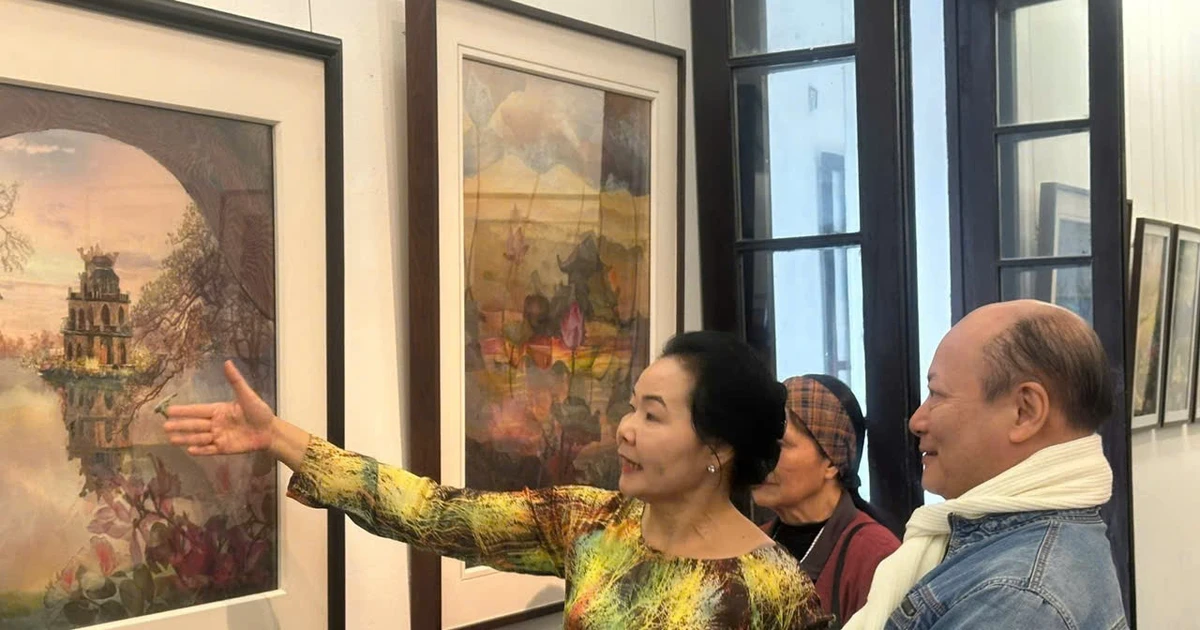





















































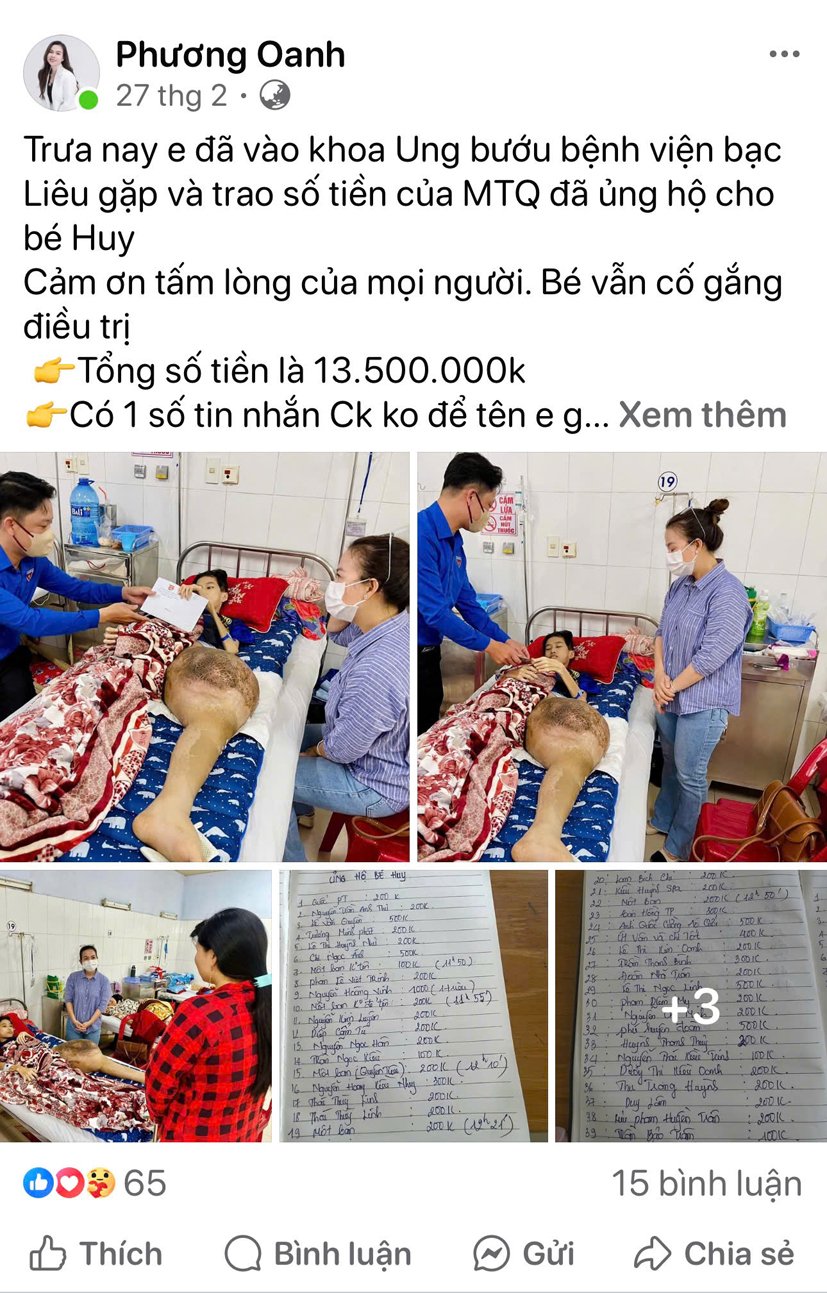




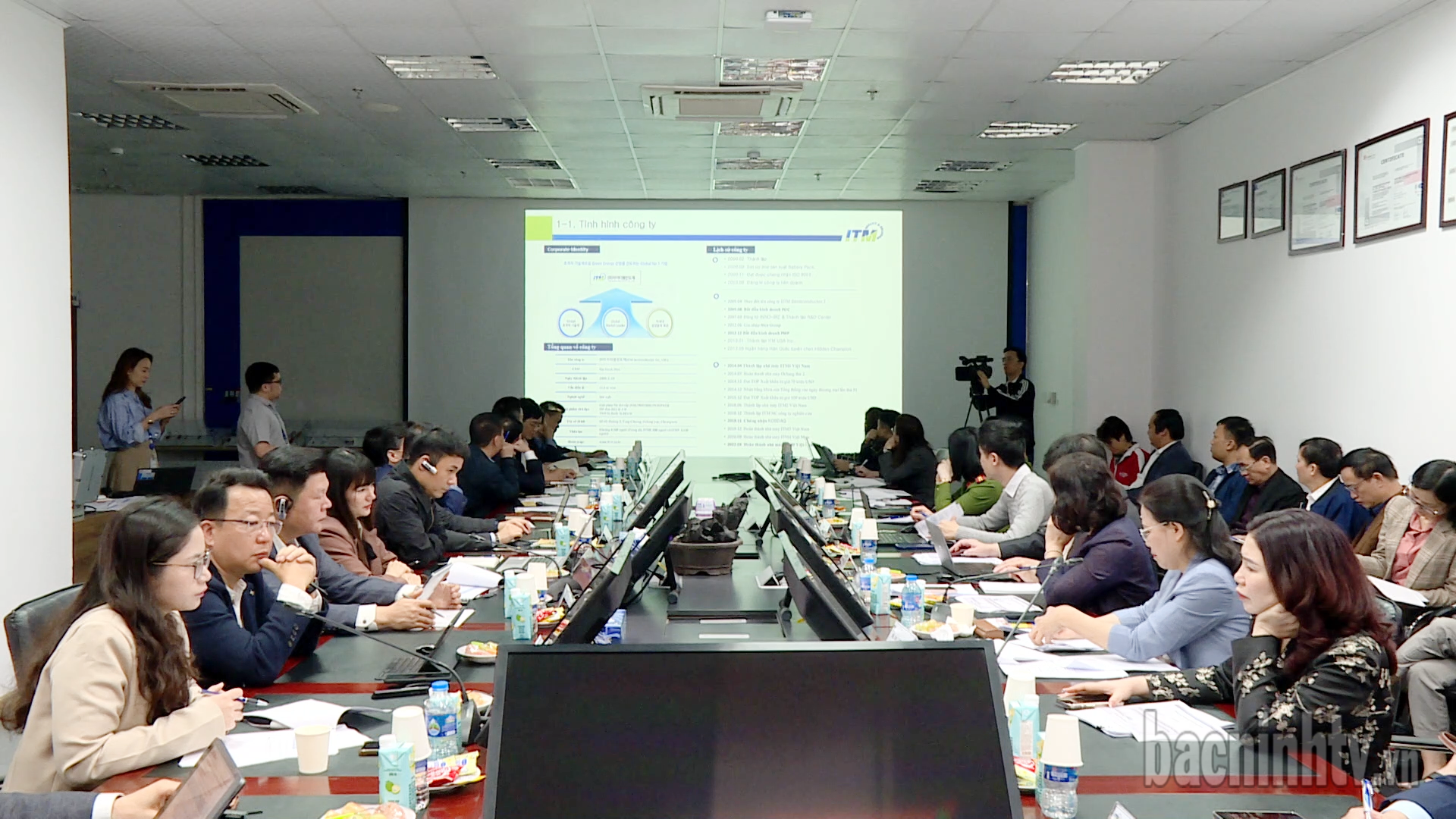














Comment (0)